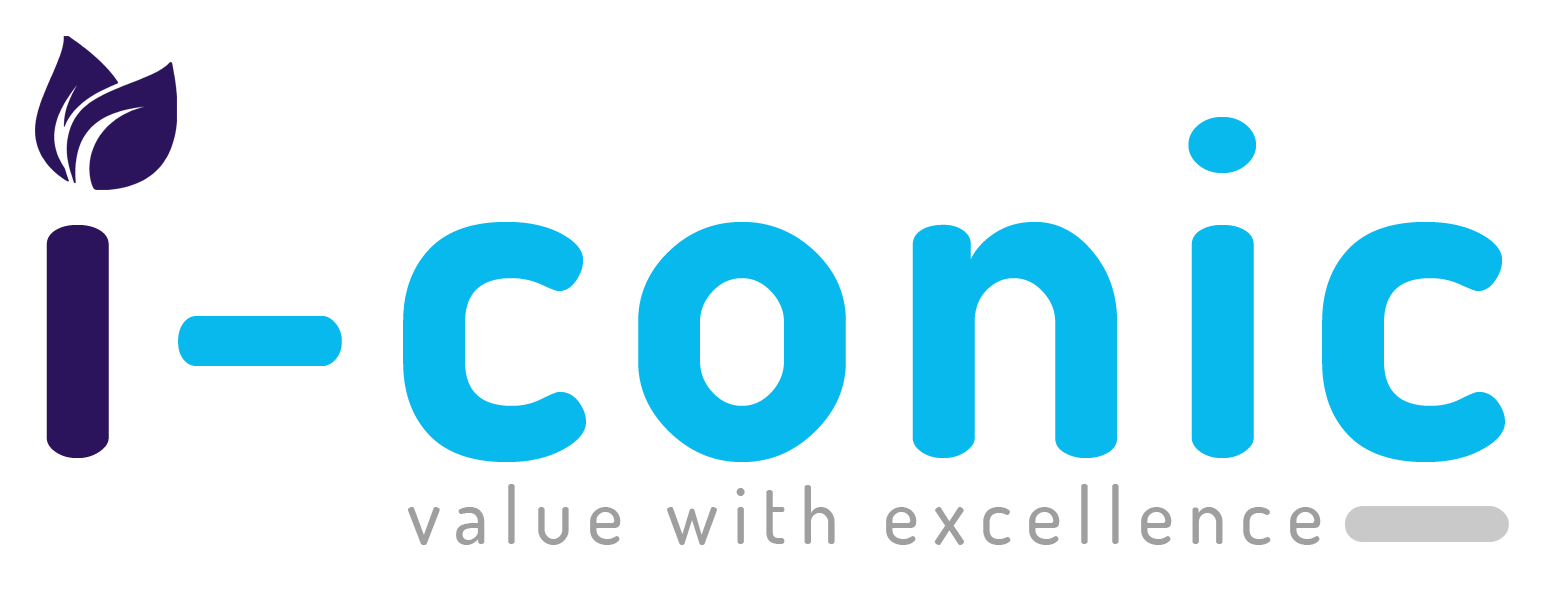Payment posting is the critical step in Revenue Cycle Management (RCM) where a provider’s billing system is updated with the financial outcomes of processed claims. Payment Posting ensures every penny is accounted for, converting patient care into sustainable revenue. This meticulous process involves recording payments received from payers and patients, noting contractual adjustments, and flagging any denials. Accurate payment posting is the finish line of the billing cycle, dictating the health of your cash flow and the effectiveness of your denial management strategy.
For modern medical practices, the efficiency of this process is paramount. Poor accuracy leads to incorrect patient statements, inflated Accounts Receivable (A/R), and significant revenue leakage. In fact, automated electronic processing (ERA) can reduce the cost of claims processing by up to 80% compared to paper EOB handling.
This is why many successful organizations rely on specialized payment posting service to maintain RCM integrity.
The Essential Steps in the Healthcare Claims Reconciliation Process
The payment posting workflow is a precise, multi-stage operation. It is not merely data entry; it is a financial and operational review that kicks off the subsequent collection or appeal stages. Mastering these steps is fundamental to an effective healthcare claims reconciliation process.
1. Receiving Remittance: ERA vs. EOB and Initial Cash Posting
The first step involves receiving the notification that a claim has been adjudicated and payment (or denial) has been issued.
- ERA (Electronic Remittance Advice): This is the gold standard for modern billing. The ERA (HIPAA 835 file) is an electronic file that transmits payment details directly to the practice management (PM) system. Automated processing of ERAs allows for high straight-through processing (STP) rates, minimizing manual work and drastically reducing human error.
- EOB (Explanation of Benefits): This is the paper counterpart. Processing an EOB requires a biller to manually read the document and input all corresponding data, including payments and codes, into the system. This method is slow, resource-intensive, and inherently prone to keying errors.
- Initial Cash Posting: This involves recording the gross payment amount received, whether by Electronic Funds Transfer (EFT) or physical check, and ensuring it is applied to the correct bank account ledger within the system. This sets the stage for accurate post-insurance payments.
2. Applying Adjustments and Understanding Contractual Obligations
After the payment is recorded, the next critical task is documenting any difference between the amount billed and the amount paid.
- Contractual Adjustments: These are non-paid amounts that must be posted as a write-off based on the contract between the provider and the payer. For example, if you bill $100 but the payer’s allowed amount is $70, the $30 difference is a contractual write-off.
- The Weightage Pointer: Misclassifying contractual write-offs can lead to two major errors: 1) Incorrectly billing the patient for an amount that is not their responsibility, or
- 2) Falsely inflating your A/R, making your financial reports inaccurate.
- Non-Contractual Adjustments: These include write-offs based on internal policies, such as professional courtesy discounts, bundled services, or prompt-pay discounts. Proper documentation is required to justify these amounts for audit purposes.
3. Identifying and Flagging Denials
Accurate posting of denied claims is the single most important action in the entire RCM process for recovery. This step is crucial for successful insurance payment posting.
- Denial Codes: The biller must accurately post the specific denial and reason codes (known as Claim Adjustment Reason Codes, or CARC, and Remittance Advice Remark Codes, or RARC) provided by the payer.
- The Weightage Pointer: Accurate denial posting is the trigger for the A/R follow-up team. Without precise codes and notes, denied claims become invisible. Advanced payment posting services use business rules to immediately route the denied claim to the correct follow-up queue (e.g., eligibility issue claims go to the eligibility team; coding issues go to the coding team).
- Triage and Workflow: The system must be set up to send denied claims to the appropriate worklist within 24 to 48 hours, ensuring quick appeal submission before payer deadlines expire.
4. Transferring Responsibility and Patient Billing
Once the primary payer’s payment and adjustments are finalized, any remaining financial liability must be transferred.
- Secondary Payer Transfer: If a patient has secondary insurance, the remaining balance and the primary payer’s explanation are electronically transferred to the secondary payer for processing. This ensures the maximum possible recovery from insurance before moving the balance to the patient.
- Patient Balance Transfer: The remaining balance, which could include the patient’s deductible, copay, or coinsurance, is moved from the insurance balance bucket to the patient’s self-pay bucket.
- The Weightage Pointer: Accurate patient balance transfer is the key to generating clean, defensible patient statements. Incorrectly transferred balances lead to frustrating patient calls, disputes, and delayed payments.
Why Insurance Payment Reconciliation is Essential for Financial Integrity
If payment posting is the act of recording, insurance payment reconciliation is the essential audit that confirms the financial truth. This process shifts payment posting from a back-office chore to a strategic, proactive financial control.
The Reconciliation Process: Matching Deposits to Postings
Reconciliation provides an integrity check, ensuring the financial data in the practice management system aligns perfectly with real-world banking activity and payer records.
- The Triple Check: Effective reconciliation mandates that three figures match exactly before closing the batch:
- The total amount posted in the PM System (from the ERA/EOB).
- The total amount on the EOB/ERA (the payer’s stated payment).
- The total amount deposited in the bank (EFT or check deposit amount).
- Detecting Underpayments: Reconciliation is the only reliable way to systematically flag underpayments. When a payer pays an amount that is lower than the negotiated “Allowed Amount” in the contract, the automated reconciliation software will flag the discrepancy.
- B2B Insight Pointer: Underpayments are silent revenue killers. They are often missed by manual processors but can be automatically flagged using reconciliation software that compares the actual payment to the provider’s master fee schedule. A dedicated RCM partner will generate an immediate appeal against the payer for every underpaid claim, actively preventing revenue leakage.
The Strategic Value of Denial Trend Analysis (DTA)
Accurate payment posting transforms into RCM intelligence when the denial data is aggregated and analyzed. This is the strategic layer that high-performance organizations leverage.
- From Data to Action: The precise denial codes posted in Step 3 are collected to generate Denial Trend Analysis (DTA) reports. This analysis identifies recurring patterns by payer, provider, CPT code, and reason.
- The Weightage Pointer: DTA identifies systemic flaws. For example, DTA might reveal that Payer Y is consistently denying CPT 99214 due to “lack of prior authorization.” This intelligence is then used to fix the front-end process (registration or eligibility verification) to prevent thousands of dollars in future denials.
- Proactive RCM: DTA converts the payment posting team from data processors into process improvement consultants. By outsourcing your posting to an expert like I-Conic Solutions, you gain access to this high-level, actionable business intelligence, effectively turning a defensive financial move into a proactive RCM strategy.
Leveraging Technology and Payment Posting Services for Peak Efficiency
The complexity and sheer volume of claims require technology and specialized expertise to achieve high accuracy and fast turnaround times. The goal is to maximize the efficiency of payment posting service.
Critical Features in Payment Posting Software
While every practice management system offers posting functionality, achieving peak efficiency relies on advanced, integrated features:
- Automated ERA Processing: The foundation. The system should manage batch processing and automatically allocate payments with minimal human intervention.
- Scrubbing and Audit Tools: Sophisticated software uses built-in rules to automatically flag claims with discrepancies such as missing charges, unlinked claims, or suspected underpayments before the final posting is complete. This acts as a crucial internal audit safeguard.
- Integrated Denial Management: The best tools immediately transfer any denied claim (with its specific code) into a separate A/R work queue based on the reason code, ensuring prompt follow-up.
The Strategic Advantage of Outsourced Payment Posting Services
For medical groups and clinics focused on patient care, diverting internal resources to the meticulous, time-consuming work of payment posting is often inefficient. This is where specialized payment posting service provide transformative value.
- Guaranteed Accuracy & Speed: Specialist RCM firms guarantee 24- to 48-hour turnaround times for payment posting. They eliminate the staffing risk: Outsourcing eliminates the risk of cash flow bottlenecks created by staff turnover, sickness, or vacation.
- Expertise in Pro Fee Coding and Denial Interpretation: Payment posting is intertwined with coding. Pro fee coding experts can accurately interpret complex denial codes specific to professional services (like physician claims), ensuring the denial reason is correctly classified for the A/R team.
- Reduced Administrative Burden: Partnering with an expert like I-Conic Solutions allows your in-house team to focus on core patient-facing tasks. You avoid the cost of software licenses, IT integration issues, and continuous training required to keep up with payer rule changes.
I-Conic Solutions: We specialize in turning your payment postings into powerful data points. Our commitment to the healthcare claims reconciliation process ensures you capture every dollar earned, moving beyond simple data entry to delivering strategic financial control.
Conclusion: Payment Posting is Your RCM Scorecard
Accurate Payment Posting is more than just balancing books; it is the ultimate measure of your RCM health. It tells you instantly where your revenue is coming from, where it is being lost (denials/underpayments), and who still owes you money (patient liability).
For high-volume medical practices, achieving the precision and speed required for clean A/R is nearly impossible without specialized support. By choosing high-quality payment posting services, you gain a strategic partner committed to financial integrity.
Frequently Asked Questions
Payment posting in medical billing is a crucial process that accurately records all payments, adjustments, and denials received from insurance companies and patients directly into a provider’s billing system.
The general steps include:
- Receiving and reviewing EOBs/ERAs
- Matching payments to claims
- Recording claim adjustments and write-offs
- Posting secondary insurance payments
- Managing denials and rejections
Advanced tools are necessary to improve accuracy by automating tasks and integrating data. They significantly reduce manual effort and human error. Features such as automated payment posting (reading ERAs) contribute to a more efficient and accurate payment posting process.
By systematically processing payments and flagging any discrepancies early in the process, payment posting plays a significant role in reducing billing errors. Proactive identification means less time spent correcting mistakes, resubmitting claims, or addressing patient questions, leading to improved billing efficiency.






